The Best Camera in the World. Official!
Have you ever wondered what is the best camera in the world? Sure you have and you’ve most likely reached a conclusion too.
It’s a question that I’ve also pondered and in this article, I’m going to share my thoughts on what I consider to be the single best camera in the world right now. Before getting down to specifics though, I want to ponder some of the different types of cameras that are available and consider their pros and cons.
This should narrow down the search to a specific market segment, from which I can choose the ultimate winner. If you’ve got a few minutes, read on and see if by the end we’re in agreement about which camera truly deserves the title of The World’s Best.
Medium and Large Format Cameras
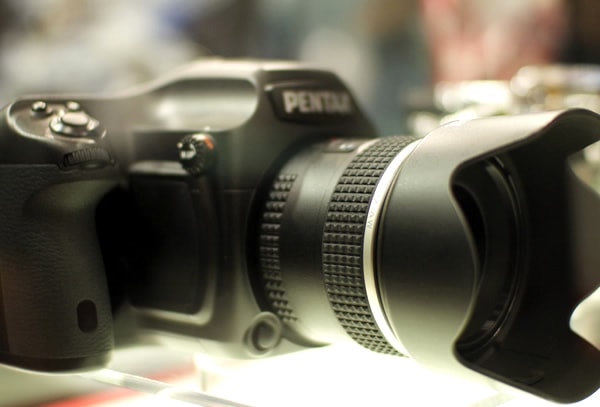
photo by Junpei Abe
If you drool over high pixel counts, then these are the kind of cameras that float your boat, with large sensors and often absurdly high number of pixels. These beasts are designed to capture as much image detail as possible to allow high quality prints at sizes the rest of us can only dream about. If ultimate image quality is what you need, these types of camera can’t really be beaten.
However, image quality isn’t always the whole story and these cameras do have their own limitations which means that in some respects they may not stand up too well to an entry level DSLR. The ISO ranges on some these cameras may make you think there’s a typo in their promotional material and, with their mammoth file sizes, don’t be surprised to see that their shots per second can be pretty well in line with many compact cameras.
Without a doubt, there are some photographers who couldn’t consider any other class of camera as the source of the best, but this probably isn’t you or I.
Full Frame DSLRs
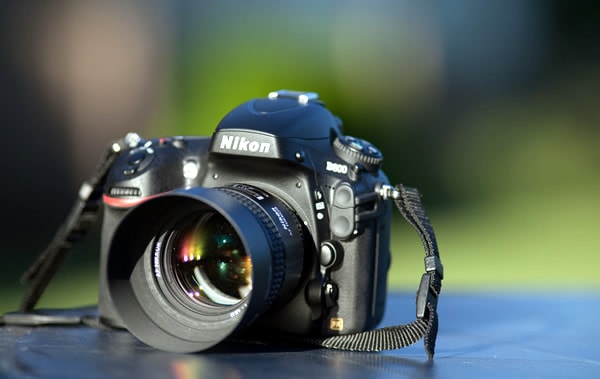
photo by Håkan Dahlström
Additions to Nikon’s and Canon’s ranges in late 2012 mean that this sector may no longer be as exclusive as it once was. Nonetheless, at the top end, there is some pretty serious photographic kit on offer.
For hard working professional photographers who put their kit through the mill on a daily basis, paying out for lesser types of body really may be a false economy. If you’re shooting for National Geographic in the Arctic circle, you really do need a body and lenses that have been designed to be pretty well bullet proof. Plus, would you fancy your chances of clubbing a Polar Bear senseless with anything less than a 1D or D4 body?
For the rest of us, however, how essential is a full frame sensor really? Hang around on a few photography forums and you’ll soon discover that it seems every enthusiast photographer aspires to owning a full frame camera.
For sure, the larger sensors offer benefits in terms of lower noise and image resolution, but there are also downsides that may be less convenient, particularly for enthusiasts who aren’t earning a living from their photography.
A Nikon D800 may seem like a very tempting prospect, but how long do you think it would take for you to get tired of RAW file sizes in excess of 40MB and often nearer to 50MB, even after lossless compression has been applied. If you don’t upgrade your computer hardware, your processing work flow is going to take a hit as your processor struggles on manfully to cope with all of those extra pixels. Oh yes, while you’re upgrading, you best buy some extra hard drive space too.
If you’re a professional who needs to balance performance with image quality and can charge for time spent processing large image files, you might want to end your search for the best camera in this sector of the market.
Crop Sensor DSLRs
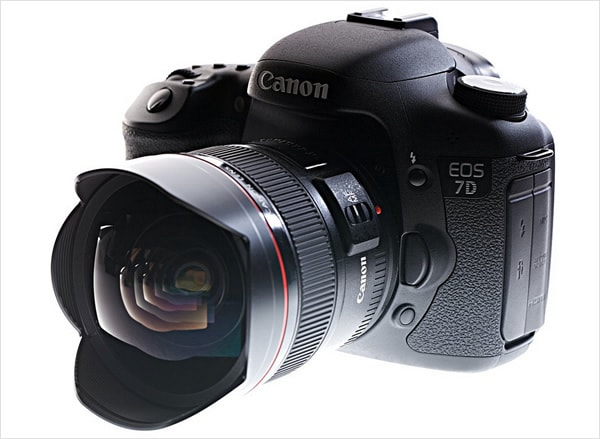
photo by Tara Oldfield
If you’re still with us, perhaps we can agree that one of the many crop sensor DSLRs deserves the title of The Best Camera. Let’s face it, photography is all about compromise and there’s a whole lot of compromises going on here.
The sensors may be smaller, but generally speaking their pixel counts have been marching up in line with all but the largest full frame sensors, which mean sensor manufacturers have to become more proficient at combating noise as photosites get smaller. On the plus side though, the smaller sensors do mean smaller bodies. I don’t think any of us would go so far as to describe even the smallest crop sensor DSLR as being conveniently small, though.
The lenses can also be smaller and lighter too and while often they are, with lens mounts shared across the different sensor sizes, it’s not at all unusual for lenses designed to cover a full frame sensor being mounted on a crop body.
On the positive side, a well designed crop sensor DSLR can match the ergonomics of full frame siblings and the variety of direct controls can ensure that you have handling that makes shooting a smooth and fluid exercise.
All in all, these do look like a sound compromise, but are there alternatives that offer a better balance of features?
CSC/EVIL/Mirrorless Cameras
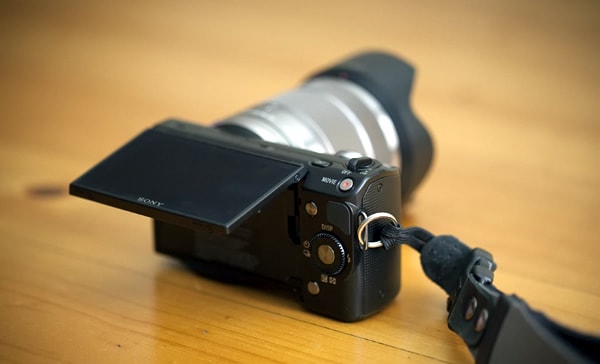
photo by Soe Lin
There are a few different descriptors for this type of camera and they are becoming a very popular type of camera. With many packing APS-C or M4/3 sensors, they should be able to compete with the best of the crop sensor DSLRs, despite their much smaller bodies. Generally these cameras don’t include a viewfinder and that may put off some DSLR users. However, there’s a lot to be said for composing your shots on a relatively large screen that offers 100% field of view, once you get accustomed to it.
There’s even more to be said for being able to pocket your camera between uses, though you’ll probably need to remove the lens if you’re using your front jeans pocket. If do you manage to get it in there with the lens attached, you’re going to get some odd looks. If you’re a man people will either struggle to meet your eye or appear thrilled to see how pleased you are at being in their presence.
Fortunately there are even more compact camera options available and are we now getting closer to the best type of camera?
Compact Cameras
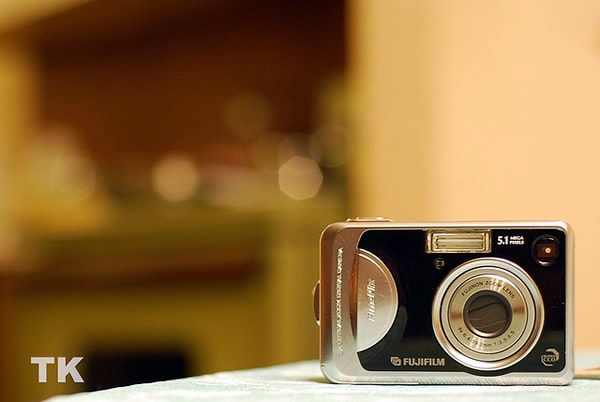
photo by Tsar Kasim
Now we’re moving into territory that’s full of cameras with sensors that appear crazy small compared to even the crop sensors. You don’t need me to tell you that these sensors have lower ISO ranges, higher noise levels, poorer resolution, slow start up times and painfully slow times between shots. Could anyone really consider a compact camera as The best Camera?
I could!
I’m not saying I’m going to, but their compact size can make these a compelling choice. These are so small, you can carry one of these with you everywhere. You need never miss another photo opportunity again, assuming the camera starts up in time.
You want manual control, you got it. You want a fast and bright lens, you can have that too! A wide angle telephoto lens is more important. Is 20x or 24x long enough for you?
Okay, the photos won’t match the other types that we’ve discussed already, but how often do you print your photos? Particularly at larger sizes?
I sense your disdain. You’re not buying this are you? Oh well, let’s get this over with shall we? Or maybe grab a Sony RX100?
Announcing the Best Camera in the World
Looking back at the various compromises that each camera type makes, it is absolutely impossible to name a single camera type as being the best and so it’s also impossible to select a single camera.
There is a well worn saying that you’ve almost certainly heard before – the best camera is the one that you have with you. I know that to some that may sound trite, but it is so true. A camera is just a tool that can achieve nothing without you. How much time do you think carpenters spend discussing what is the best hammer or electricians arguing over the best screwdriver.
The photos are what’s important and when you find yourself moved to capture a moment in time, just think yourself lucky to have a camera with you. Any camera.
